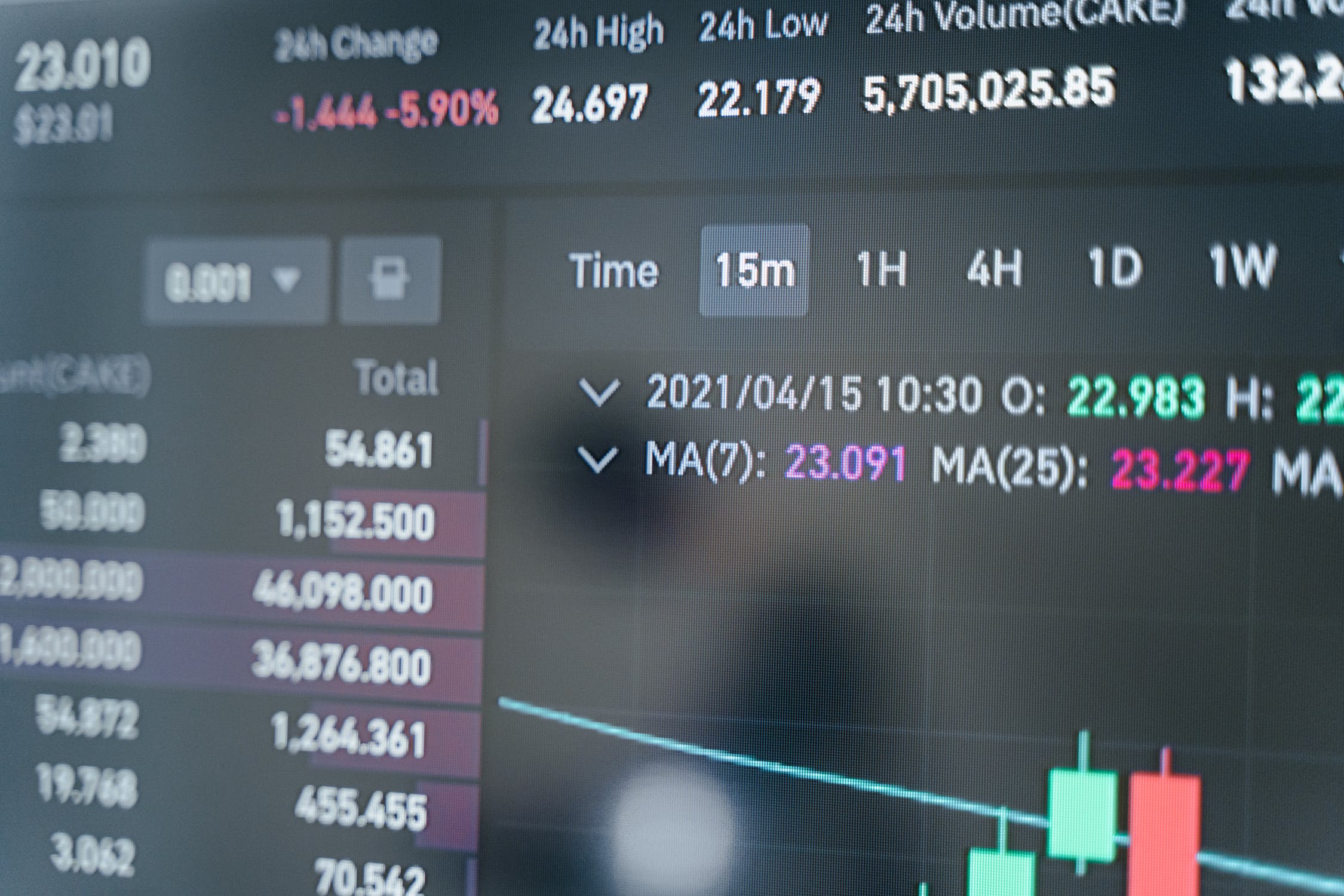CFD Trading
Forex Trading
Fundamental Analysis
Learn to Trade
Technical Analysis
How Do You Interpret Average Directional Index?

Do you want to determine a currency pair’s weakness or strength? You need to understand ADX interpretation to gain massively from forex trading. You should find out:
- What is ADX?
- Features of ADX
- Calculation of ADX
- Pros and cons of ADX
After reading this article, you should know where and when to apply the technical tool. You will understand whether to use ADX independently or with other tools.
If you are to combine it with other tools, how should you use the technical tools with ADX? Read on to find out.
What Is ADX?
ADX, short for Average Directional Index, is a trend indicator— for measuring the trend’s strength.
Welles Wilder, a technical analyst, developed the technical indicator in 1978 to express commodity futures strength. Commodity futures are contracts dictating the sale or purchase of raw material on a particular date at a specific price.
Typical raw materials are energy, foods, and metals. The aim of fixing the price and commodity amount is to secure seller risk with the buyer hoping to profit massively from the price rise.
Due to the extensivity of ADX, it was adopted in forex trading analysis as one of the reliable trend and momentum indicators. Besides trend strength, it shows bulls and bears control in the forex market. Let us look at its features.
Features of ADX
The following are the most familiar characteristics of the Average Directional Index.
Display
ADX is an oscillating indicator. In technical analysis, an oscillator is a technical tool that varies after sometime within a band. Most oscillators discover short-term currency pair’s overbuying or overselling.
Range
Average directional index scales between 0 and 100. The range possesses meanings as follows:
An ADX below 20 shows a weak trend, whereas a reading above 50 signals a strong trend.
Main application
ADX is a trend strength indicator. Meaning ADX does not show the direction of price motion.
It fails to distinguish between uptrends and downtrends. Unlike most trend indicators, the Average directional index rises in both uptrend and downtrend.
Calculation of ADX
Decide on the trading period. The typical trading duration is 14-period. Then, use these formulae to calculate ADX.
+DI = (ATR Smoothed +DM) × 100
-DI = (ATR Smoothed -DM) × 100
× 100
ADX = ((Prior ADX × 13) + Current ADX)) ÷ 14
Here are the steps:
- Work out the +DM, -DM, and the true range (TR) for the 14 days.
- +DM = current high – previous high.
- -DM = previous low – current low.
- Use +DM the calculation (current high – previous) when high exceeds (previous low – current low), and -DM when (previous low – current low) exceeds (current high – previous high).
- TR = higher of the (current high – current low), (current high – previous close), or (current low – previous close).
- Smooth the 14-period averages of +DM, -DM, and TR—the TR using the below formulae. Insert the -DM and +DM values to find the smoothed averages.
Initial 14TR = total initial 14 TR readings.
Subsequent 14TR value = initial 14TR – (prior 14TR/14) + current TR.
- The DMI (Directional Movement Index) is +DI minus -DI, divided by all positive absolute values of +DI and -DI. Multiply the result by 100.
- Find the 14-period DX values, and smooth them to find ADX. Finally, you can plot a curve to show the readings and interpret the values as explained below.
Interpretation of ADX
ADX below 25 is strong enough to invoke strategies worth following. Here, the market is in the accumulation or distribution phase.
ADX above 25 indicates a trend beginning, while ADX below 20 shows the end of a trend.
Lastly, an ADX above 50 proves a strong trend and bully rally.
Pros and Cons of ADX
Pros
- Best in quantifying trend strength.
- Sees bulls and bears simultaneously.
- Filters out trades during the accumulation period.
- Significant in identifying trending conditions.
Cons
- Lags on price only.
- False signals for short time-frames.
- Must work alongside other indicators such as OBV and MA.
Conclusion
An ADX below 20 is a weak trend, while that above 50 is extremely strong. Interpretation of ADX means understanding its calculation, pros, and cons, as explained in this article.







